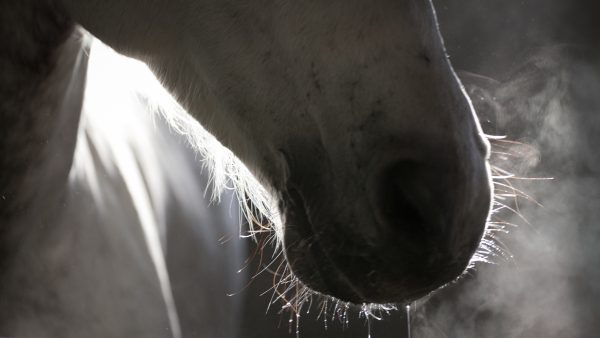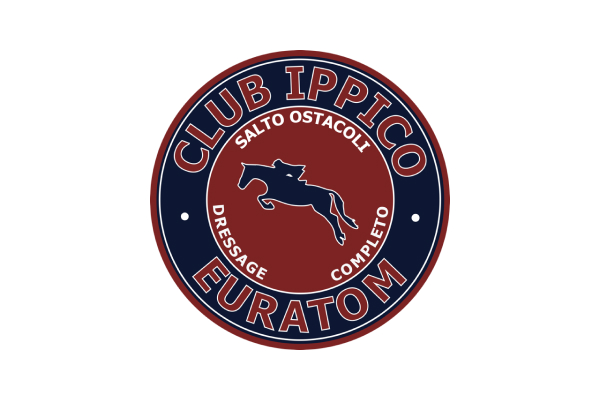
Melanomas in Grey Horses: Early Diagnosis and Innovative Treatments

A silent threat to grey horses: what you need to know to act in time
Melanomas are among the most common skin tumors in grey horses. Although they often grow slowly and appear harmless at first, many of these tumors can eventually become malignant, leading to serious health consequences that may affect the animal’s quality of life and, in advanced cases, even its survival.
According to a 2023 review by José Pimenta et al., published in Animals, over 90% of melanocytic tumors in horses are initially benign. However, approximately two-thirds tend to become malignant over time. Early diagnosis and appropriate treatment are essential to prevent complications. This article explores how to recognize these tumors, which horses are most at risk, and what the most promising treatment options are.
What Are Equine Melanocytic Tumors?
Melanocytic tumors arise from the abnormal proliferation of melanocytes—cells located in the basal layer of the skin and hair follicles, responsible for producing melanin. Melanin not only gives color to the coat but also plays a protective role against UV radiation.
In grey horses, the development of melanocytic tumors is closely linked to a genetic mutation known as the STX17 duplication, which triggers increased melanocyte proliferation. This process, combined with other genetic factors (such as mutations in the ASIP and MITF genes), makes grey horses particularly prone to developing pigmented skin tumors.
While many melanocytic tumors begin as benign (melanocytomas), the transformation into malignant melanomas is common, especially as horses age.
Which Horses Are Most at Risk?
Grey horses are the primary candidates for developing skin melanomas. The review notes a prevalence of up to 80% in grey horses over 15 years old, with risk increasing with age and coat depigmentation.
Certain breeds are especially predisposed, including Lipizzaners, Arabians, Andalusians, and Grey Thoroughbreds. However, non-grey horses (such as bays or chestnuts) can also develop melanomas—often in more aggressive forms and with a higher likelihood of early metastasis.
How to Recognize Them: Symptoms and Clinical Classification
Melanocytic tumors typically present as dark skin nodules, most often found in specific areas such as the base of the tail, perianal region, external genitalia, eyelids, and lips.
Clinically, these tumors are classified into four main types:
- Naevus – Benign, common in younger horses, including non-greys
- Dermal melanoma – Single nodules, typically in adult grey horses
- Dermal melanomatosis – Multiple coalescing nodules, seen in older horses
- Anaplastic malignant melanoma – Rare but highly aggressive, often fatal
In advanced stages, tumors may ulcerate or cause complications such as difficulty urinating or defecating, spinal compression, and metastases in lymph nodes, liver, lungs, and spleen.
How Is It Diagnosed?
Clinical examination and visual inspection of lesions are important first steps, particularly in older grey horses. However, definitive diagnosis requires:
- Fine Needle Aspiration (FNA) for cytological analysis
- Biopsy with histopathology to assess malignancy
- Immunohistochemistry using markers such as PNL2 and RACK1 to differentiate benign from malignant cells
What Treatments Are Available?
The most effective treatment depends on the tumor’s stage, location, and biological behavior. Common options include:
Surgery
Especially effective in early stages, may be curative if the tumor is small and isolated. Complete excision is crucial to prevent recurrence.
Local Chemotherapy
Intralesional cisplatin shows an 81% response rate and can be combined with surgery or electroporation, which enhances local drug absorption into tumor cells.
Hyperthermia
The application of heat damages tumor tissue and may be used alongside chemotherapy agents.
Immunotherapy
Includes DNA vaccines targeting tyrosinase, already tested in dogs, and plasmids with IL-12 and IL-18, which have shown significant tumor shrinkage.
Experimental Treatments
Topical betulin (from birch bark) has shown promise in vitro, while Amblyomin-X (derived from tick saliva) reduced tumors by up to 75% in treated horses.
Future Perspectives and Scientific Research
Current research is investigating novel molecular targets, including:
- PD-1 / PD-L1, already used in human melanoma immunotherapy
- CD47, a protein that inhibits macrophage phagocytosis
- COX-2, an enzyme linked to inflammation and tumor growth, potentially targetable with selective NSAIDs
Advances in equine genomics and sequencing technologies are helping identify new markers for early detection and the development of targeted therapies.
Melanomas in grey horses are a serious issue. Timely intervention, supported by advanced diagnostics and vigilance from owners and veterinarians, is crucial. While novel therapies offer hope, prevention and prompt action remain the most effective strategies. Ongoing scientific progress will be essential to improve management and quality of life for affected horses.
By Alessandra Ceserani, Veterinary Biotechnologist
Sources
Pimenta J, Prada J, Cotovio M. Equine Melanocytic Tumors: A Narrative Review. Animals (Basel). 2023;13(2):247. doi:10.3390/ani13020247
Fesmire CC, et al. Investigation of integrated time nanosecond pulse irreversible electroporation against spontaneous equine melanoma. Front Vet Sci. 2024 Jan 30;11:1232650. doi:10.3389/fvets.2024.1232650
Pimenta J, Cotovio M. Equine Veterinarian Perspectives on Mucocutaneous Tumors in Horses: A Survey-Based Study in Portugal. Animals (Basel). 2025 Jun 23;15(13):1853. doi:10.3390/ani15131853
Pimenta J, Prada J, Pires I, Cotovio M. Cyclooxygenase-2 (COX-2) Expression in Equine Melanocytic Tumors. Vet Sci. 2024 Feb 7;11(2):77. doi:10.3390/vetsci11020077
© Rights Reserved.





.png)












